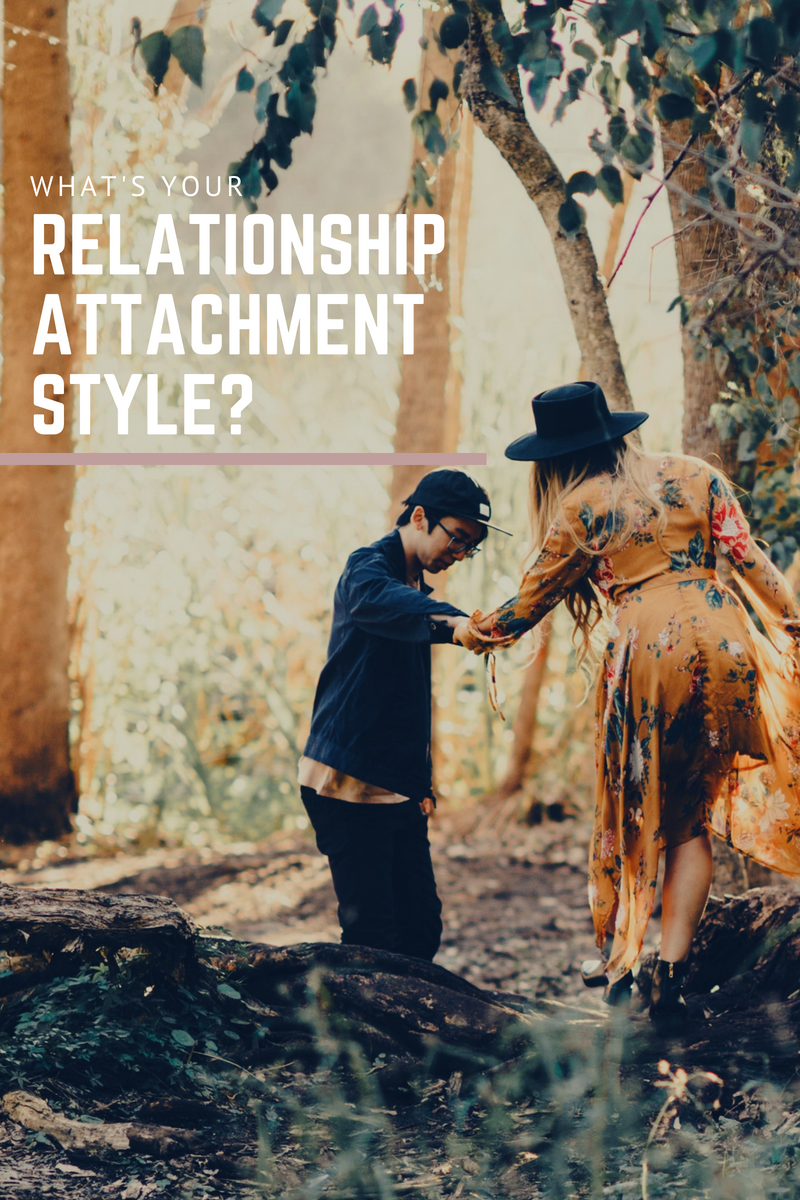
What’s Your Relationship Attachment Style?
Studies estimate that 53% of people have a secure attachment style, while 20% are preoccupied, and 25% are dismissive. I guess we’re left to wonder about the remaining 5%. Attachment styles, especially, romantic attachment styles, are forces that invariably impact our lives but aren’t discussed. In this blog, we’ll help determine what attachment style you have.
I’m going to keep things simple. The research categorizes adult attachment in three main categories: secure, preoccupied, and dismissive. There is a fourth, unresolved attachment. It occurs when no organized strategy is formed and can get pretty complicated. We’re going to focus on the first three in this blog.
My clients know I love research, but for the clinical application, it’s important to remember that attachment is a continuum and people are not one research category. We all have a secure base and tend toward a style depending on life circumstance (who we’re dating, financial stress, etc.). Think of an attachment style as a lens your world is filtered through, especially when emotionally activated. So, let’s get to it.
Preoccupied Attachment Style
Individuals who tend toward preoccupied attachment style tend to need more reassurance and crave more time together. These individuals are very attentive and caring in relationships and are able to express and receive love freely. They can sometimes come off as clingy. Anxious folks can read people pretty well, or at least think they can. An extreme version of this attachment style might be called codependent. The focus is often on keeping people close and avoiding rejection. They may wonder what they’ve done wrong or if people like them.
Examples of preoccupied attachment characters: Bella Swan in Twilight, Christian Grey, 50 Shades of Grey, and Jay Gatsby, The Great Gatsby, Anna, Frozen.
Dismissive Attachment Style
You may have a dismissive attachment style if you tend to want more space in a relationship. Dismissive/avoidant individuals desire close relationships and find themselves in them, but they tend to feel overwhelmed and pressured easily. I sometimes describe this coping style as an island. They work very hard to avoid needing anything from anyone. Taking things slow is a good idea, so you don’t feel smothered. Dismissive individuals are uncomfortable talking about emotions, ick. They enjoy sex, but they don’t need it as much as an anxious person might. They may view another with appropriate needs or emotions as needy.
Examples of dismissive attachment characters: Fiona Gallagher in Shameless, Merideth Grey in Grey’s Anatomy, Samantha from Sex in the City, Chuck from Gossip Girl.
Secure Attachment Style
Securely attached people tend to quickly come across relationships and tend to have longer lasting, less problematic relationships. I’m generalizing here, but it’s pretty accurate. They have realistic expectations, don’t feel too nervous in a relationship and don’t push their partners away. They are trusting and move at a steady pace in a relationship and express their feelings easily and when needed.
Examples of securely attached characters: There are not many examples of secure relationships in Hollywood: maybe Jon and Rebecca from This Is Us.
Often preoccupied and dismissive individuals find themselves in a relationship together. Likely, so they can keep their core beliefs about themselves intact and secure individuals don’t stay single long. This partnership leaves the preoccupied individual never getting enough of what they want and the dismissive person feeling like their partner is needy and always asking for too much.
If you need help making sense of a relationship like this don’t hesitate to contact us today, we have therapist ready and willing to help.
Learn more about Karin Kassab or schedule an appointment.

